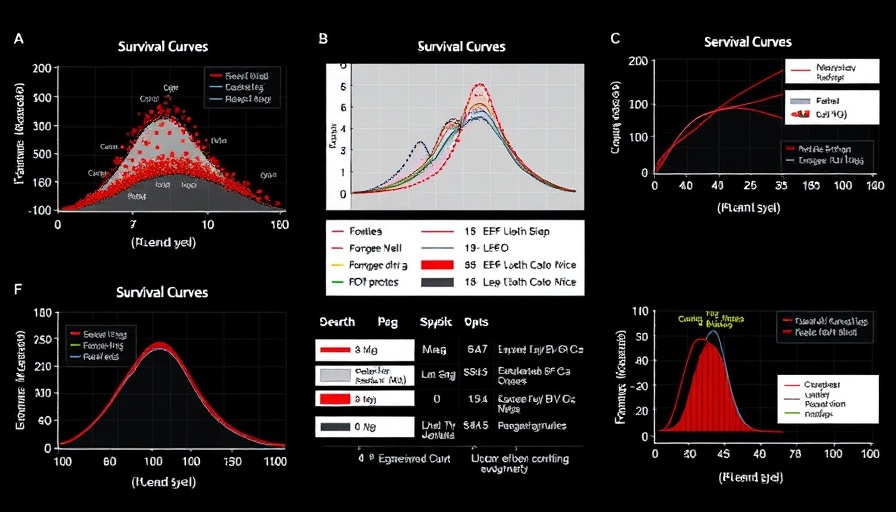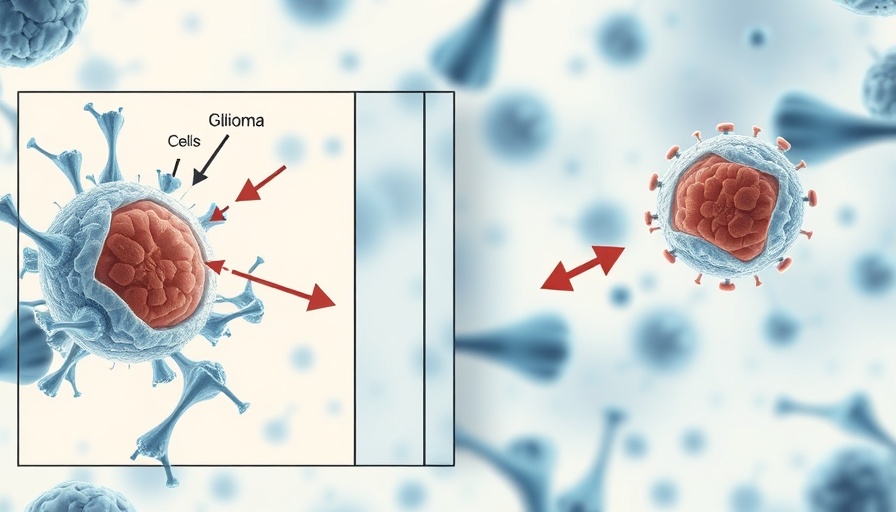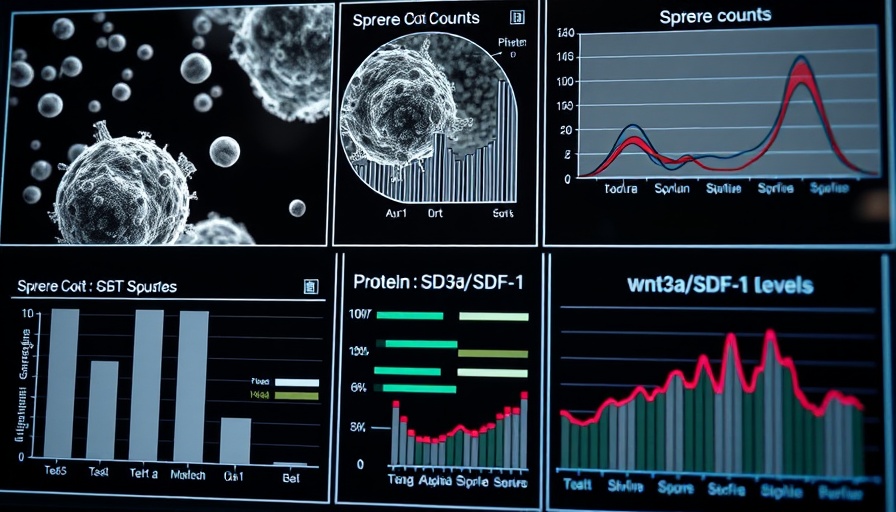
Understanding the Role of Master Regulators in Multiple Myeloma
In the evolving landscape of cancer research, the need for targeted therapies is crucial, particularly concerning hematologic malignancies like multiple myeloma (MM). Renowned for its complex biology, MM presents unique challenges, especially in its extramedullary form (EMM), where plasma cells extend their proliferation beyond the bone marrow. A recent systematic investigation explores the master regulators (MRs) that facilitate the invasive behaviors of MM, opening up new avenues for therapeutic interventions.
The Significance of Master Regulators
This research centers on transcriptional regulators (TRs) associated with EMM invasiveness, employing a consensus clustering method to differentiate patients into high invasiveness (INV-H) and low invasiveness (INV-L) categories. Identifying MRs through a comprehensive network analysis reveals TRs specific to these phenotypes, with a particular focus on the ERG gene. High ERG expression levels correlate strongly with poor patient prognosis, shedding light on its potential role as a prognostic biomarker and an actionable therapeutic target.
The Impact of ERG on Treatment Outcomes
The study emphasizes the effects of silencing ERG in MM cell lines, where reduced expression markedly decreases invasion and migration while enhancing cell proliferation and apoptosis resistance. This dynamic exemplifies the delicate balance within tumor biology, underscoring the need to pinpoint precise targets for effective interventions. With rising interest in how cellular dynamics underpin treatment efficacy, findings suggest a thoughtful approach to targeting ERG in therapeutic design.
A Broader Perspective on Multiple Myeloma Treatment
Insights from comprehensive multi-dataset evaluations affirm the significance of MRs in dictating the biological behavior of EMM. The investigation into elevated ERG levels lays the groundwork for exploring novel drug candidates like Idarubicin, signaling a potential shift towards personalized medicine. This is particularly relevant for health-conscious individuals aged 30-55, who are increasingly seeking science-backed interventions to mitigate the effects of aging and degenerative conditions.
Regenerative Medicine and Cellular Health
As we delve into regenerative medicine, the advancements in stem cell therapies and mitochondrial function highlight pivotal pathways to enhance cellular health. By understanding the molecular intricacies governing cell renewal processes, informed choices can be made to promote cellular rejuvenation, contributing to long-term vitality. Strategies such as NAD+ boosters and methods to facilitate autophagy represent promising avenues, aligning with the growing trend towards proactive health management.
Concluding Insights and a Call to Action
In conclusion, the role of master regulators in multiple myeloma reveals a promising intersection between research and therapeutic application, emphasizing the importance of targeted approaches in cancer treatment. As science progresses, it is imperative for health-conscious individuals to remain engaged with emerging therapies and interventions that promote cellular health and rejuvenation. To explore more about the innovative strategies enhancing cellular vitality, consider delving deeper into current literature and research developments in regenerative medicine.
 Add Row
Add Row  Add
Add 




 Add Row
Add Row  Add
Add 


Write A Comment